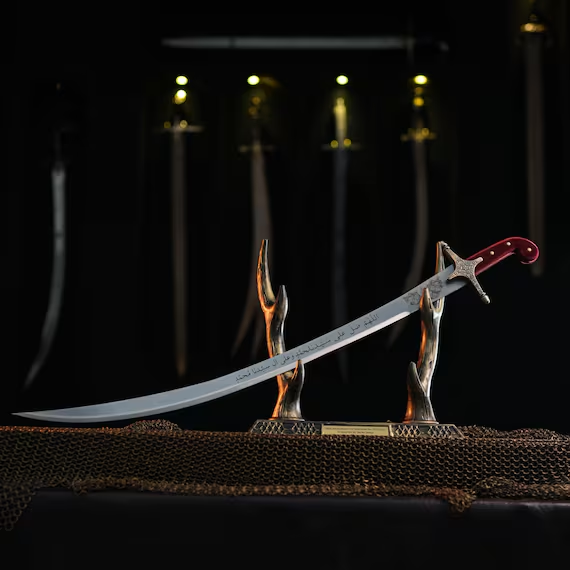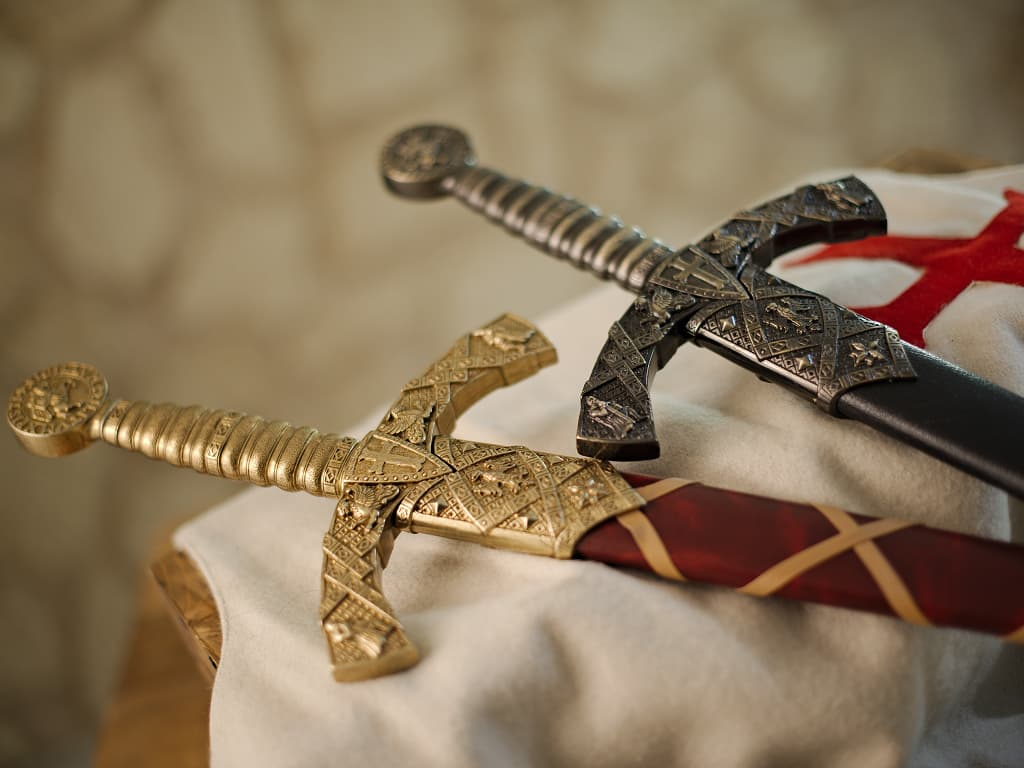The Philippine machete, traditionally known as bolo and, more specifically in certain regions, as talibon , is much more than an agricultural tool.
Throughout Philippine history, this weapon has symbolized self-reliance, the fight for freedom, and cultural identity.
Its functional design, its connection to the Philippine resistance, and its ethnographic value make it an emblem of the archipelago's fighting spirit.

Origin and historical evolution
The Talibon takes its name from the town of Talibon on the island of Bohol, Philippines, a region known for its artisanal forging of machetes and blades since pre-colonial times.
Before the arrival of Spanish colonizers in the 16th century, Filipino tribes already used variations of the bolo as survival tools in the jungle and in inter-clan conflicts.
With Spanish colonization and later during the American occupation, the machete became a symbol of resistance.
During the Philippine Revolution (1896–1898) and the subsequent Philippine–American War (1899–1902), the talibon was wielded by guerrillas and revolutionaries as an improvised close-quarters combat weapon.
Its effectiveness lay in its curved design and forward weight, ideal for cutting through vegetation... or defending freedom...

Types and variants
Although the general term "bolo" encompasses several similar weapons and tools, the Talibon has distinctive characteristics.
Generally, it has a wider blade at the tip, which facilitates powerful cuts, with a length that varies between 30 and 50 centimeters.
The handle, traditionally made of narra or kamagong (Philippine ebony) wood, is often decorated with hand-carved or engraved details.
There are other variations of the bolo , such as the barong, the kampilan, and the ginunting, used in different regions and contexts. The talibon , however, has remained one of the most representative of the central Philippines due to its versatility and accessibility.
Parts of the Talibon
- Blade : Usually made of hand-forged steel. It has a slight curvature and is thicker at the distal end.
- Edge : A single convex edge, sharpened to make clean cuts.
- Tang : Concealed, inserted deep into the handle for added strength.
- Handle : Made of hardwood, sometimes wrapped in leather, or bone.
- Scabbard : Traditionally made of light wood, decorated with local carvings or motifs.

Maintenance and conservation
To preserve a traditional talibon , it is recommended to keep the blade clean, dry, and occasionally oiled with mineral or coconut oil to prevent rust.
The handle should be kept away from moisture to prevent cracking.
If kept as a collectible, it is ideal to keep it in a humidity-controlled display case.
Original examples of the Talibon bolo can be found in museums such as the National Museum of the Philippines in Manila or ethnographic collections in Europe and America, in exhibitions dedicated to colonial history, the Philippine War of Independence or the material culture of Southeast Asia.
A part of Philippine history
The Talibon , more than a simple machete, represents the history of a people who knew how to turn an everyday tool into a weapon of defense, a symbol of identity and national pride.
From its humble rural origins to its role in historical conflicts, this Filipino sword remains a living piece of tradition, still forged today by artisans who keep its flame alive.









